Year Published
2007
Abstract
This paper presents an empirical study of the links between metropolitan spatial structure
and economic growth. Consistent with an urban evolution hypothesis, the growth effects of
employment dispersion were found to be dependent on metropolitan size. A metropolitan area
with a more clustered spatial form grows faster, perhaps enjoying agglomeration economies when
it is small; whereas more dispersion leads to higher growth rates as metro areas grow large. Just
as a city needs to successfully take on higher-order functions and economic activities to move
upward within the national urban system, it also needs to restructure its spatial form in a way to
mitigate congestion or other diseconomies of size for continued growth. Therefore, attempts to
find one specific efficient urban form – at least with respect to growth – may not be promising,
just as the efforts to find an optimal city size have not been fruitful.
and economic growth. Consistent with an urban evolution hypothesis, the growth effects of
employment dispersion were found to be dependent on metropolitan size. A metropolitan area
with a more clustered spatial form grows faster, perhaps enjoying agglomeration economies when
it is small; whereas more dispersion leads to higher growth rates as metro areas grow large. Just
as a city needs to successfully take on higher-order functions and economic activities to move
upward within the national urban system, it also needs to restructure its spatial form in a way to
mitigate congestion or other diseconomies of size for continued growth. Therefore, attempts to
find one specific efficient urban form – at least with respect to growth – may not be promising,
just as the efforts to find an optimal city size have not been fruitful.
Research Category


